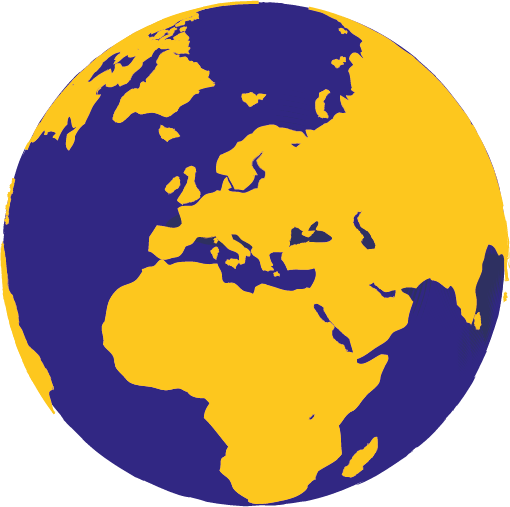I became a live-in volunteer in the orphanage, having been offered the position by a US-based religious NGO. At the time, 31 children were living in the orphanage, 18 girls and 13 boys. Two of the children had minor intellectual disabilities. The children were treated poorly.
They were intentionally malnourished to increase the severity of the situation, in order to motivate visiting volunteers to donate more, or adoptive parents to increase their ‘childcare donation’ while waiting for their adoption to be finalised.
Children consistently suffered from diseases such as scabies, giardia, diarrhoea, intestinal worms, and malnutrition.
Children were force-fed, often pig feed, three times a day; diapers were changed twice a day; and they were bathed as a group once a day. They slept two or more to a bed, with older children on thin mats on the floor.
A doctor visited regularly, but staff members were not instructed on how to administer medications, and consequently sickness spread repeatedly. All interaction between caregivers and children was in a group setting, with no individual attention or stimulation. The daytime caregiver-to-child ratio was 1:10 for infants, with even fewer carers for older children and at night-time. The caregiver turnover rate was extremely high since anyone who questioned the director on the practices in the institution was dismissed.
Twelve of the children had been allegedly brought to the orphanage by a ‘baby-finder’, an individual employed by the orphanage to seek out pregnant women and convince them to give up their babies.
The orphanage was also supported by many NGOs that held frequent mission trips, open to volunteers and adoptive parents. Each visitor paid a ‘humanitarian donation’ of at least $350, and was required to bring two 50-pound suitcases of ‘supplies’.
In addition, at any one time, approximately four US-based churches committed to annual projects that would benefit the orphanage, raising funds for a year’s supply of clean drinking water or meat for the children. They sent or hand-delivered money to the director, but the supplies were never purchased for the children.
Even supplies that were delivered in suitcases by volunteers were rarely used for the children.
Instead the orphanage director gave the items to family members who sold them in the marketplace, giving the majority of their earnings to the director, with none of the funds going back to the orphanage.
When I questioned the reasons the children were in the orphanage, I was told to keep my observations to myself.
Names and other identifying information have been withheld to protect the safety and privacy of the people and places mentioned in this case study.
This case study has been taken from the report; Orphanage Entrepreneurs: The Trafficking of Haiti’s Invisible Children
Lumos in Haiti
Lumos began work in Haiti in January 2015, as part of a joint programme with key governmental and NGO partners, including Haiti's National Committee against Trafficking in Persons, to transform care services for vulnerable children and families by 2030.



